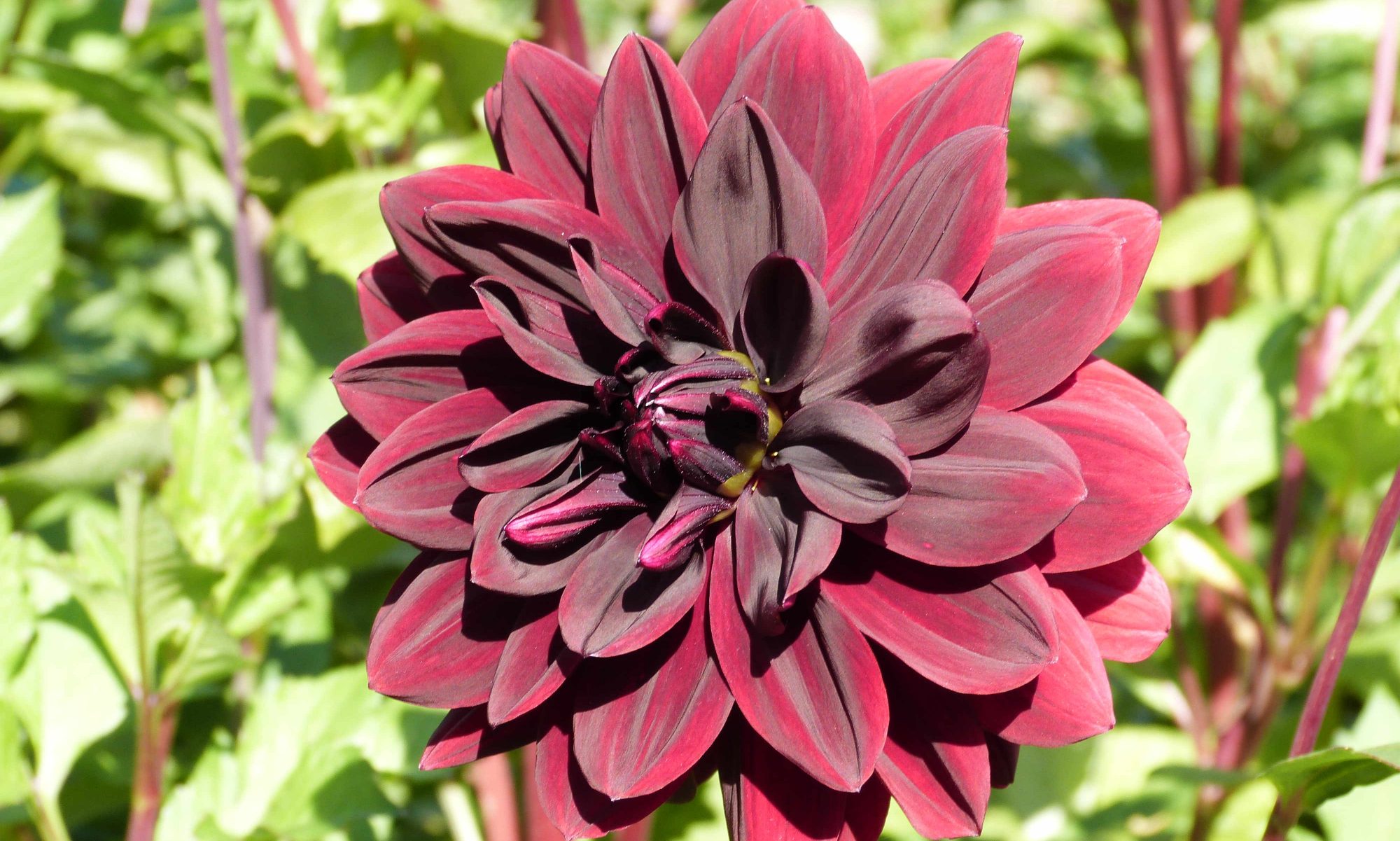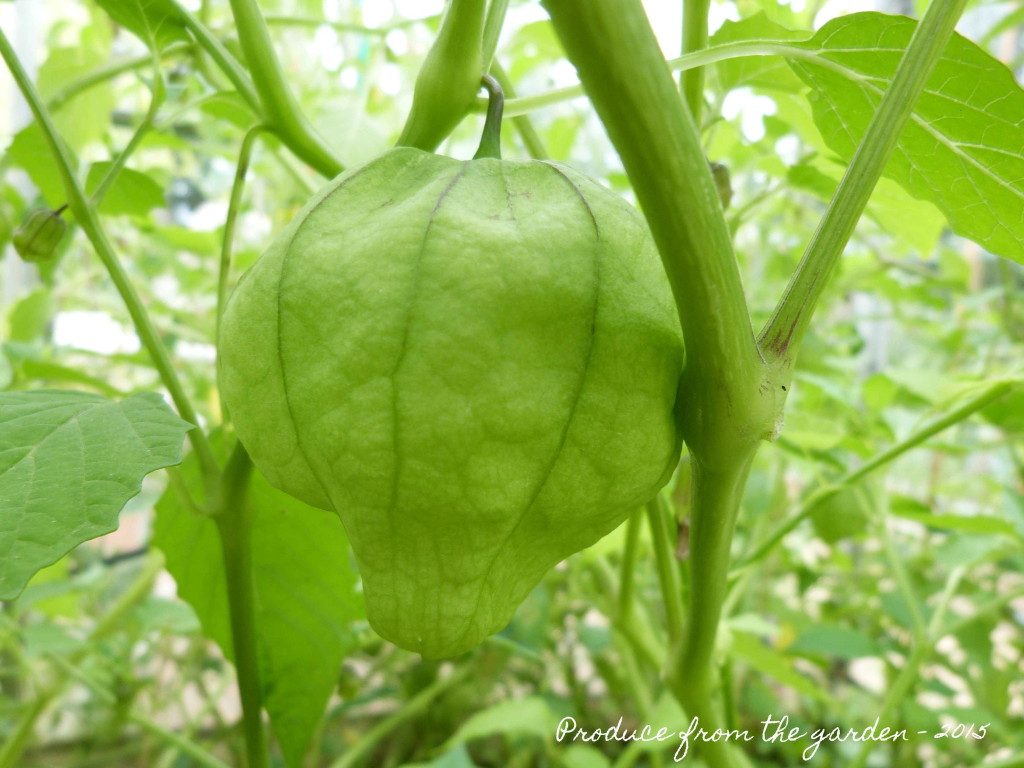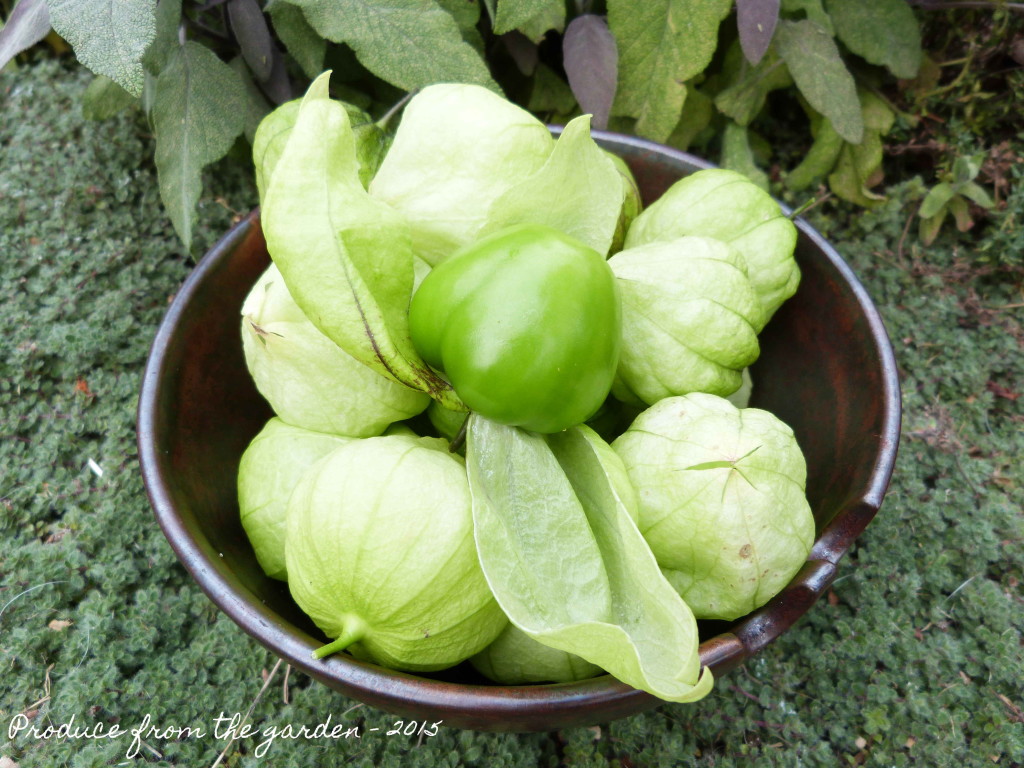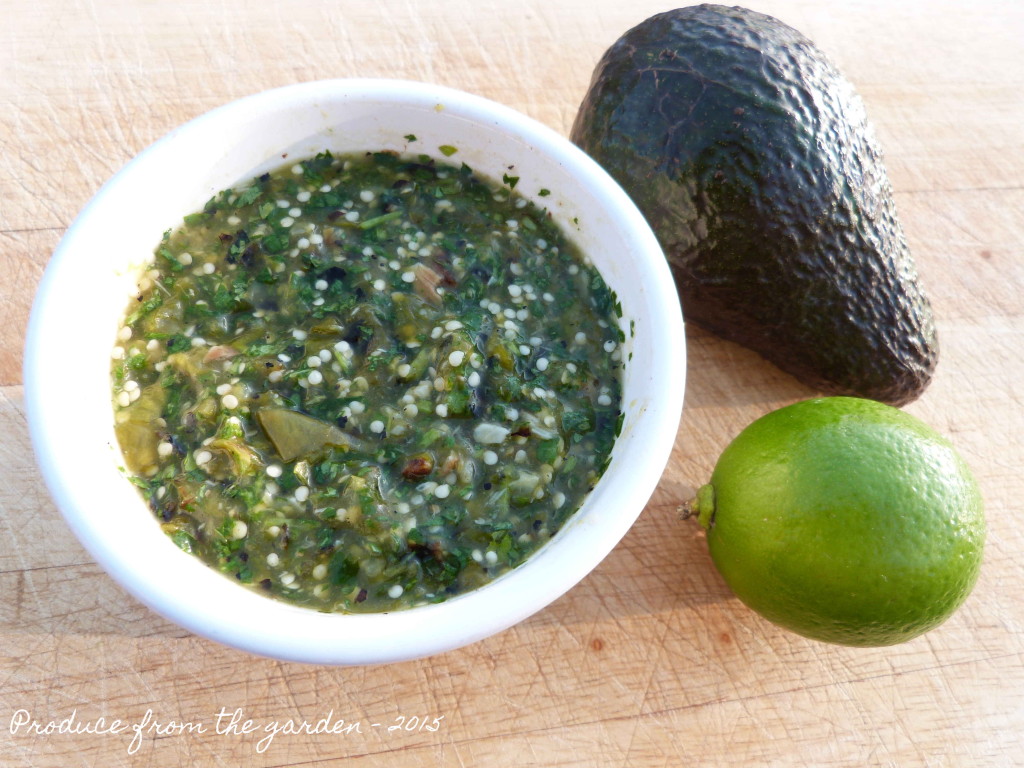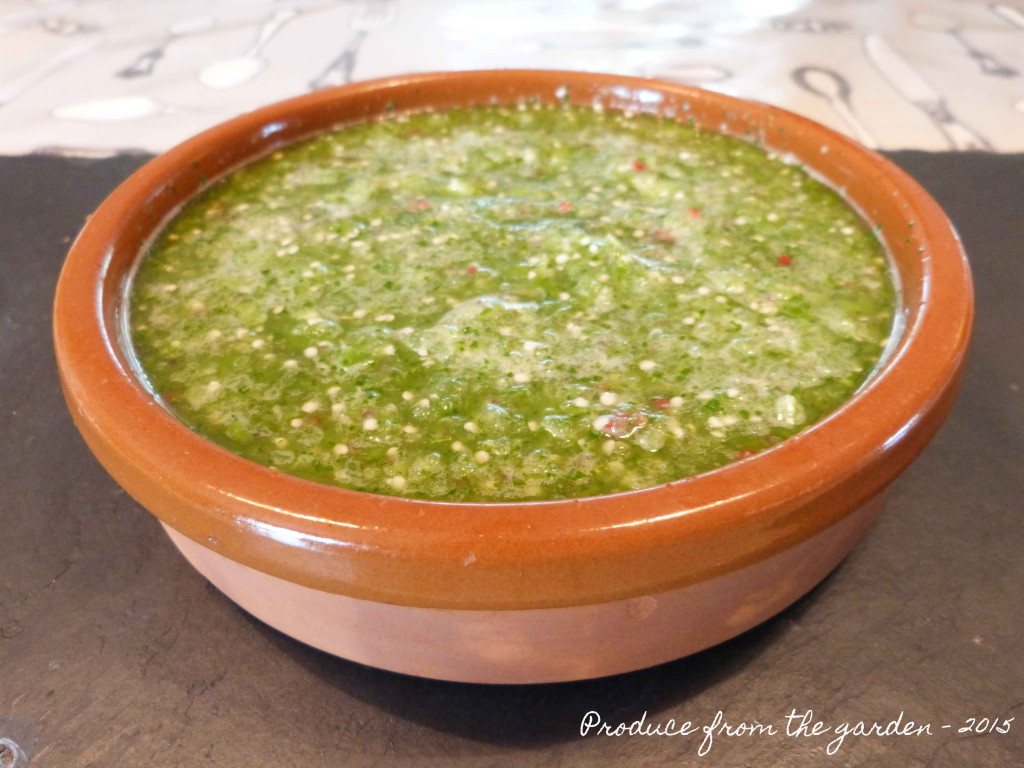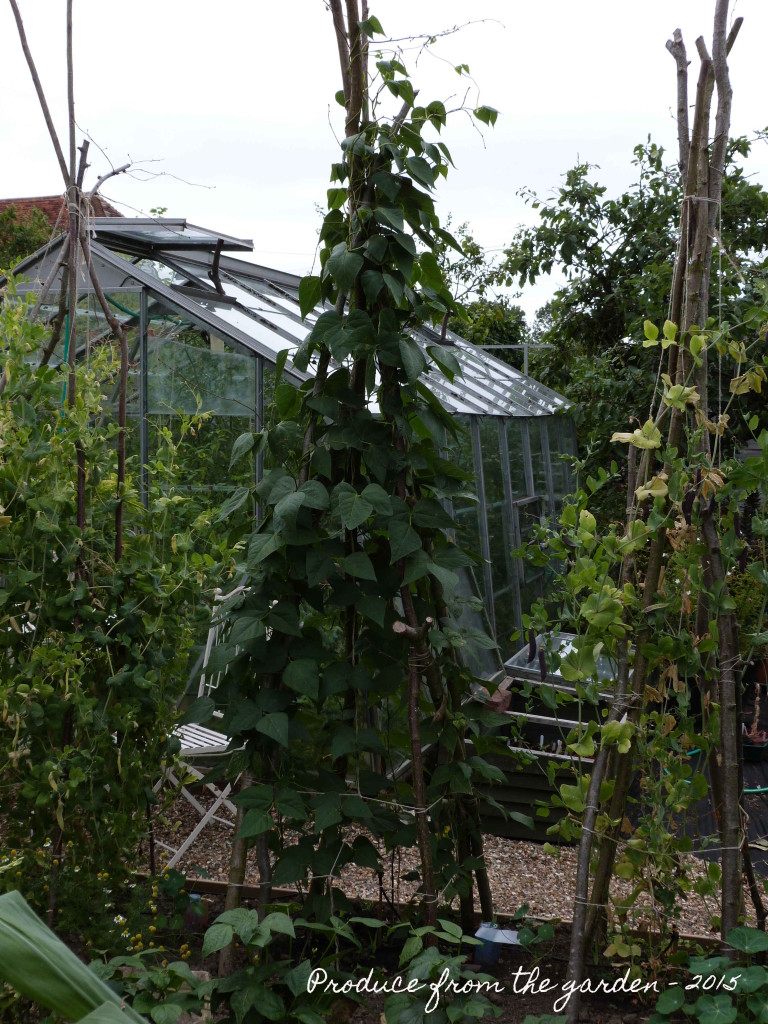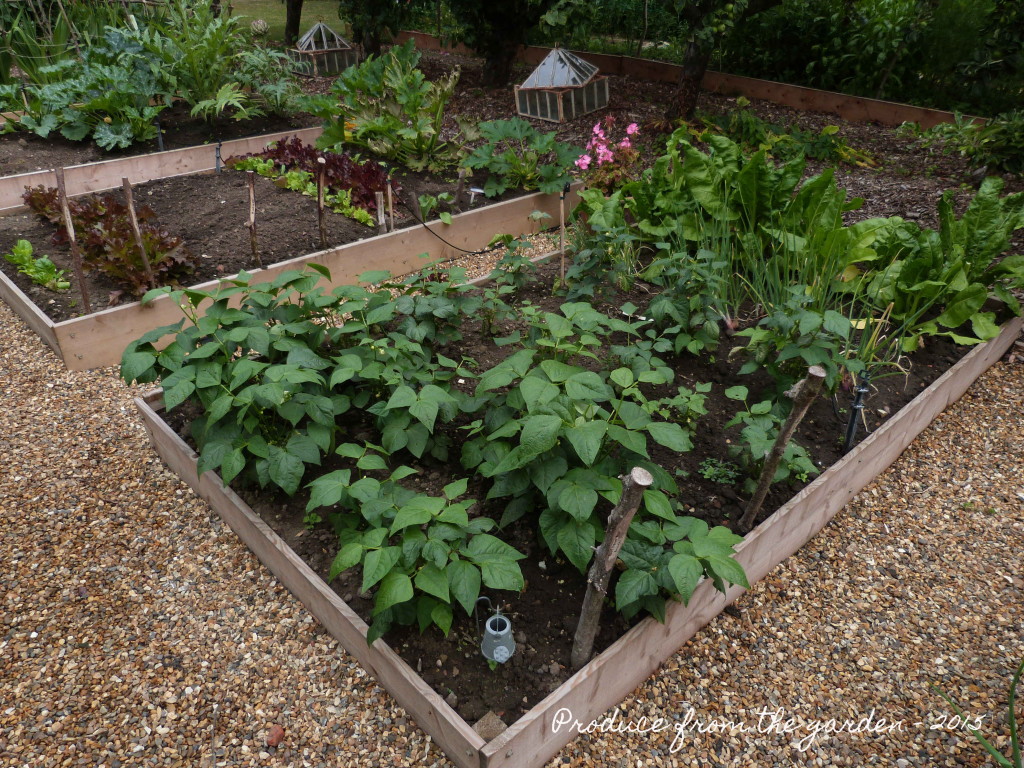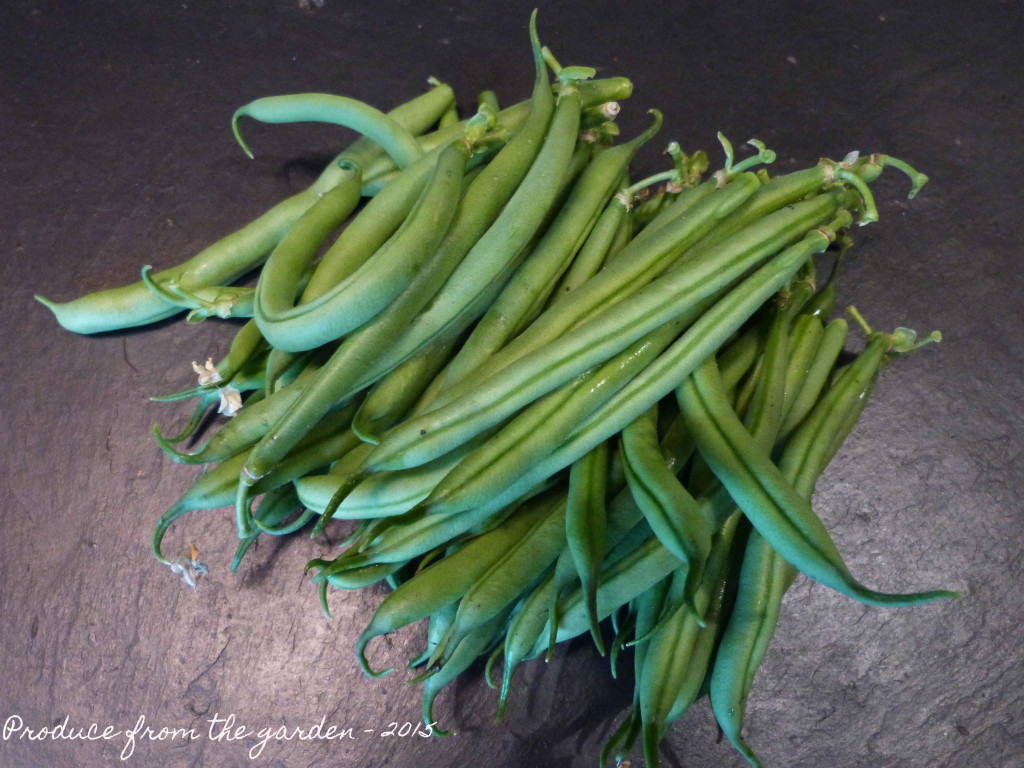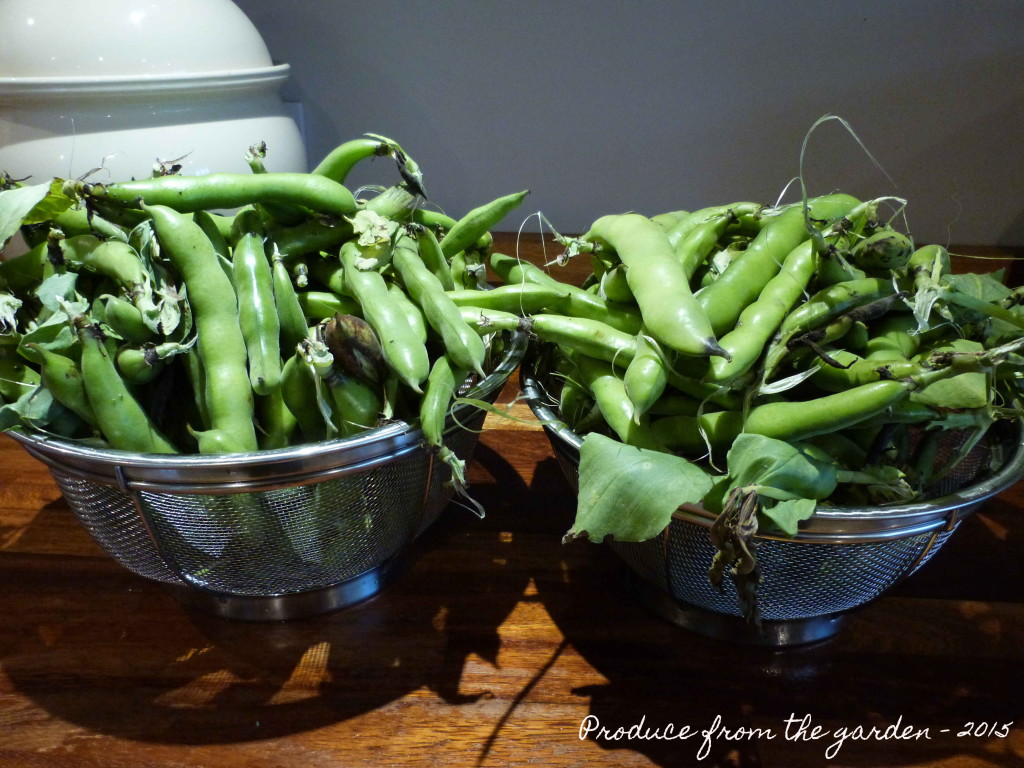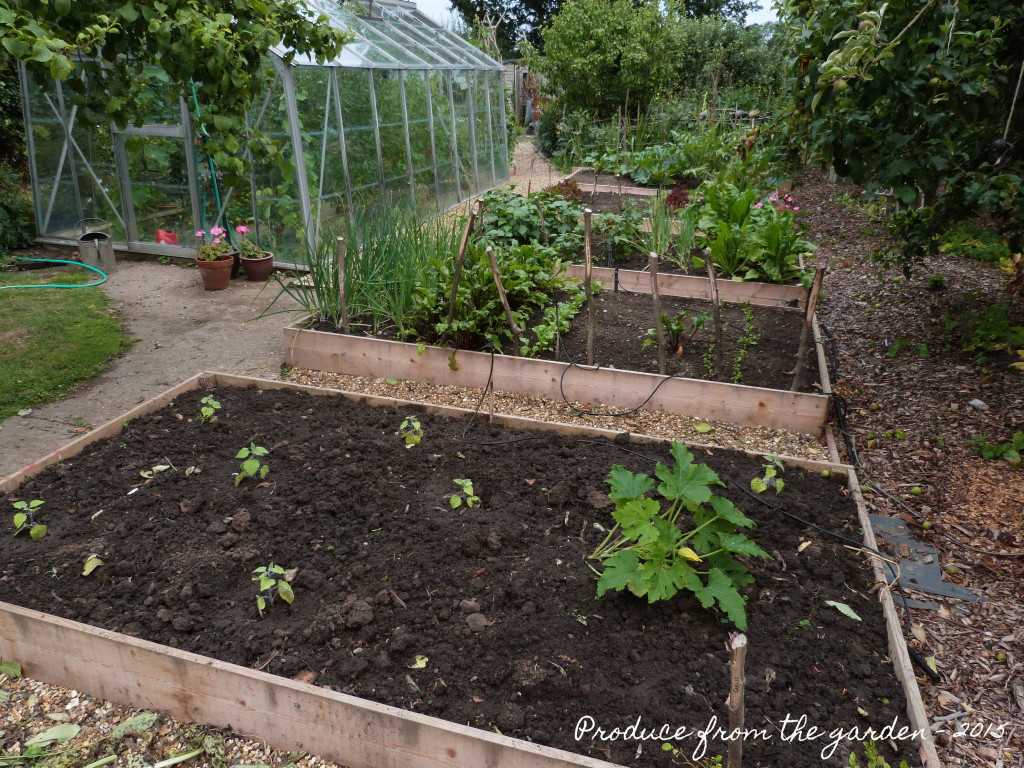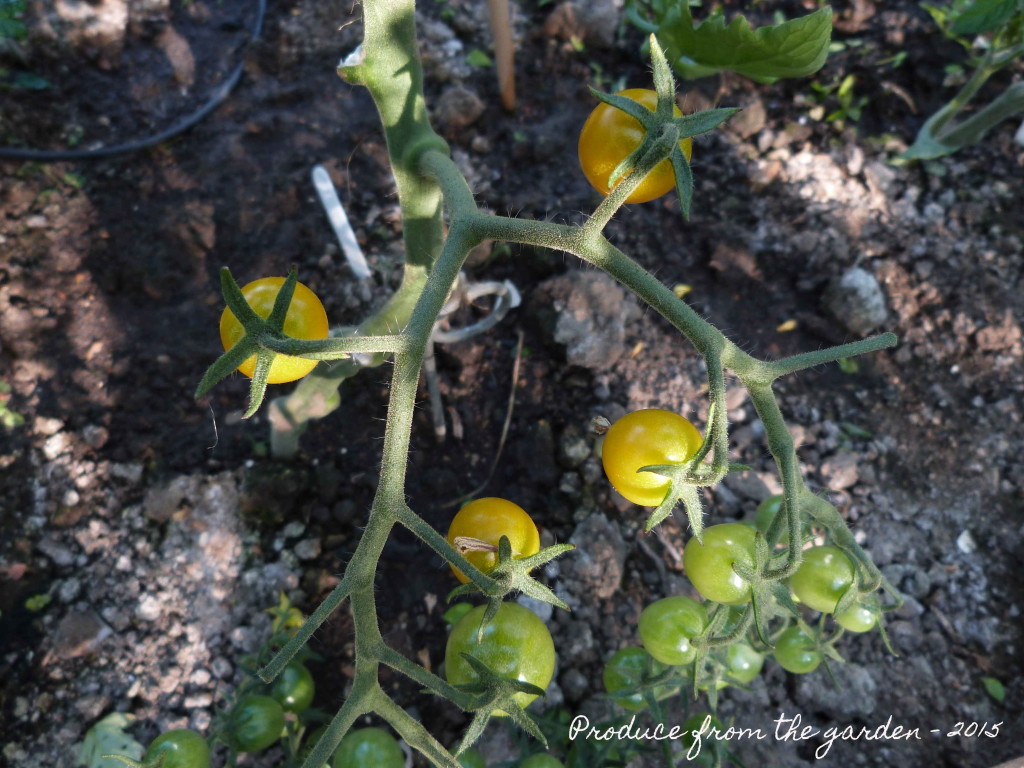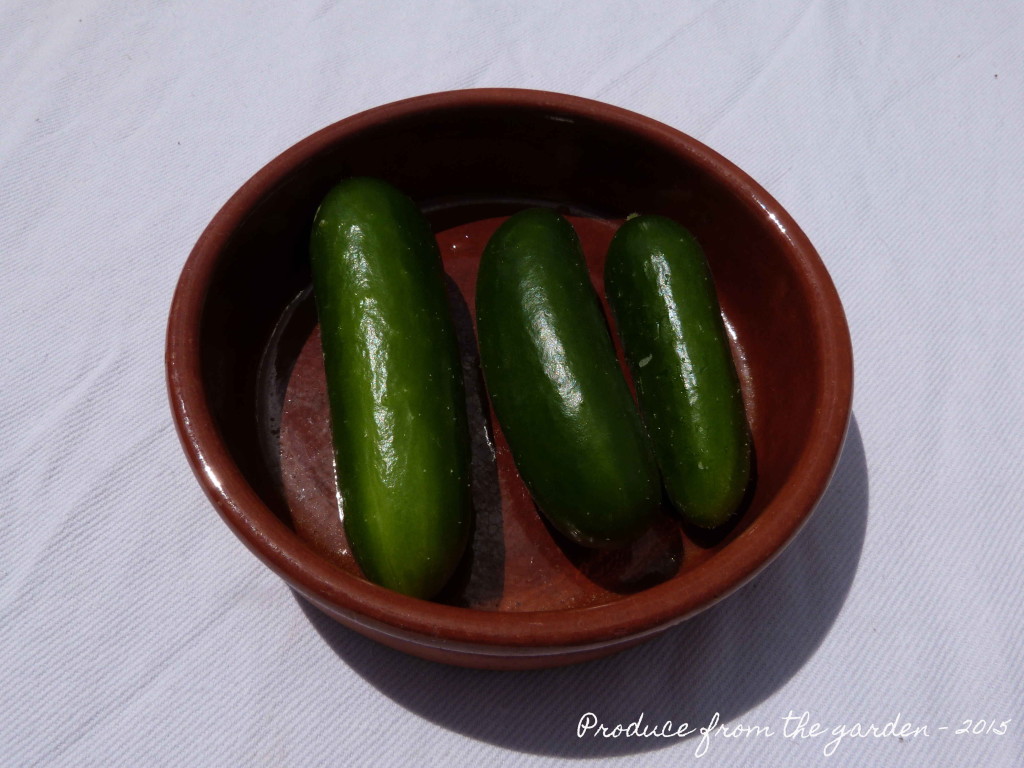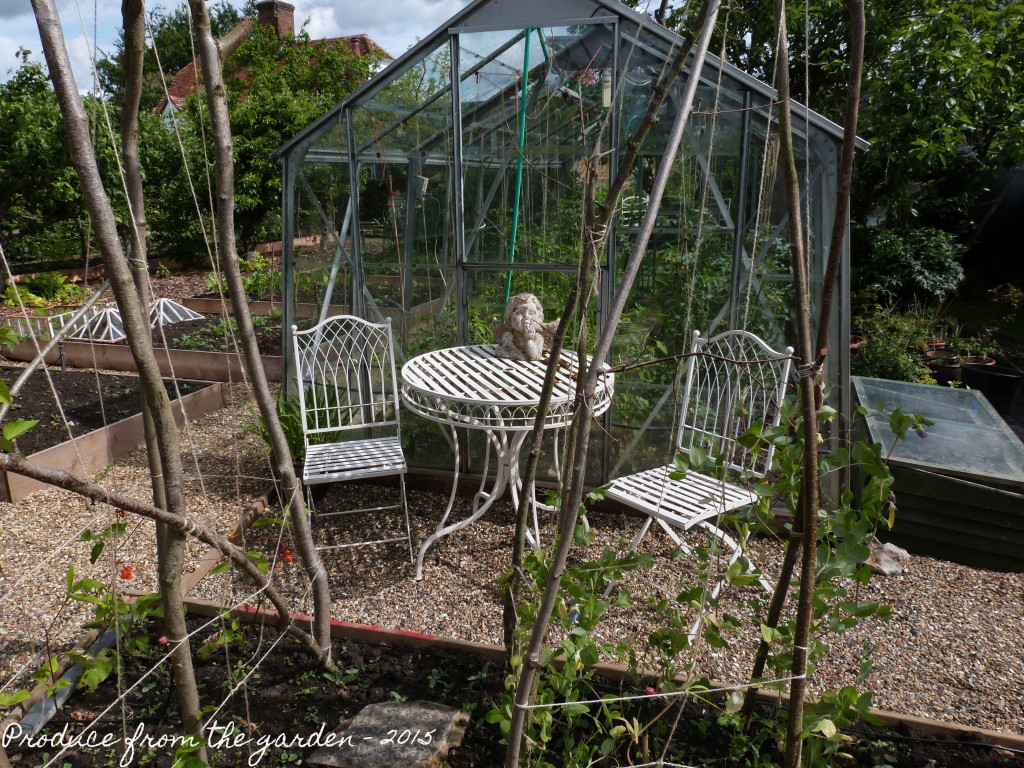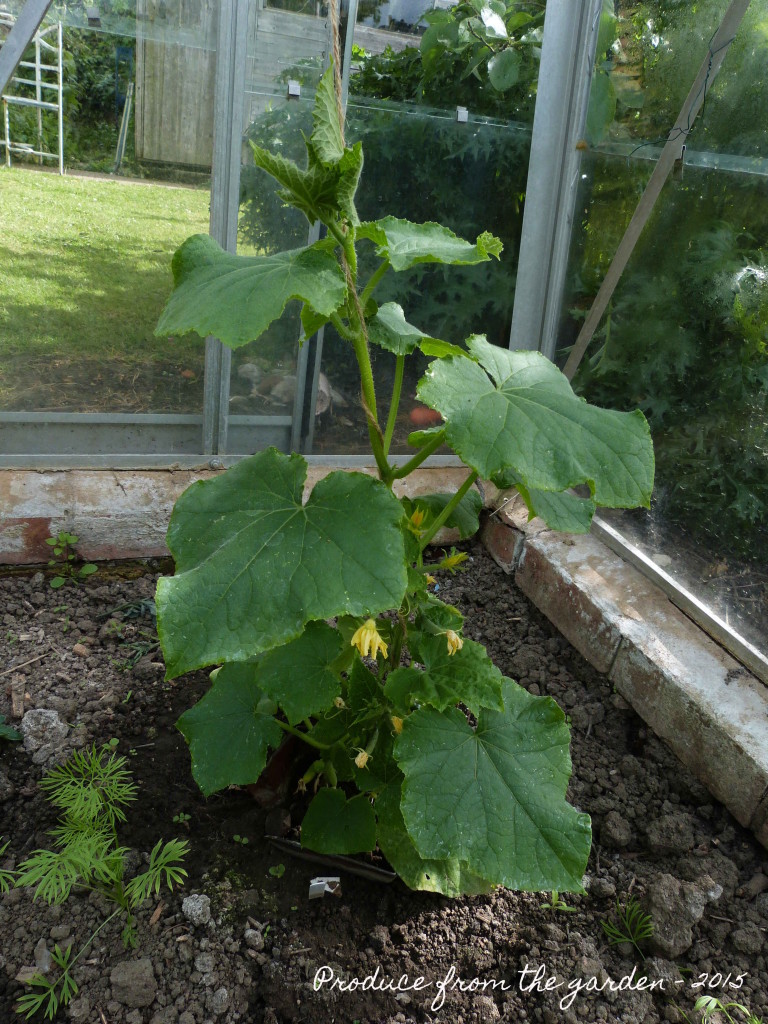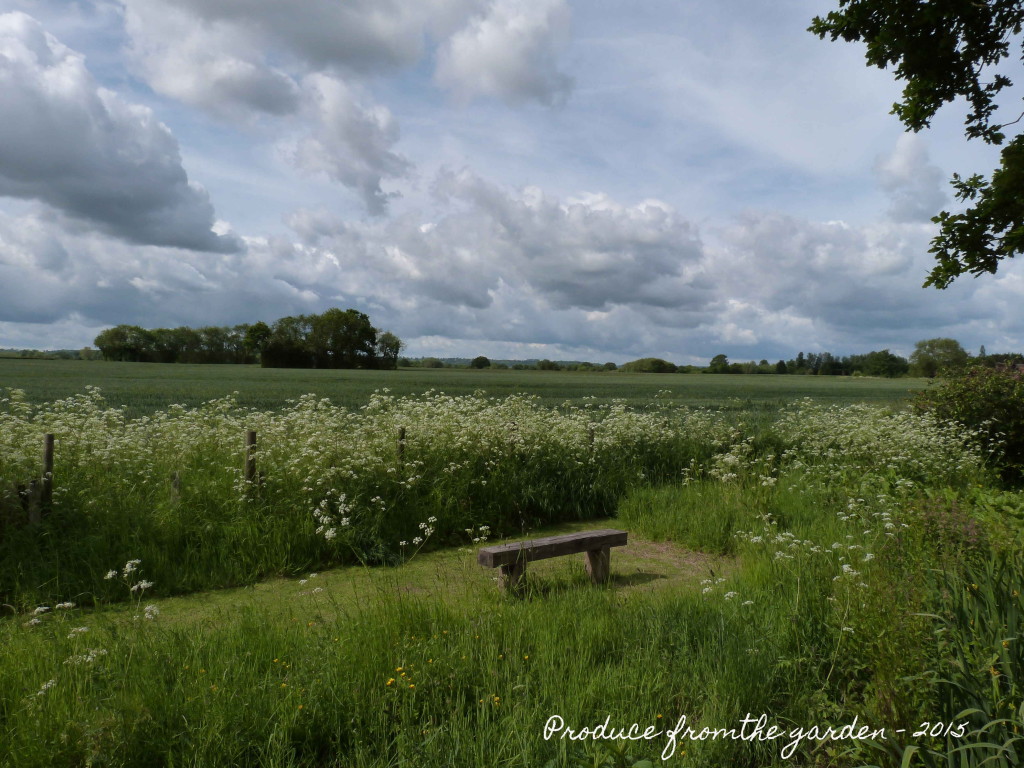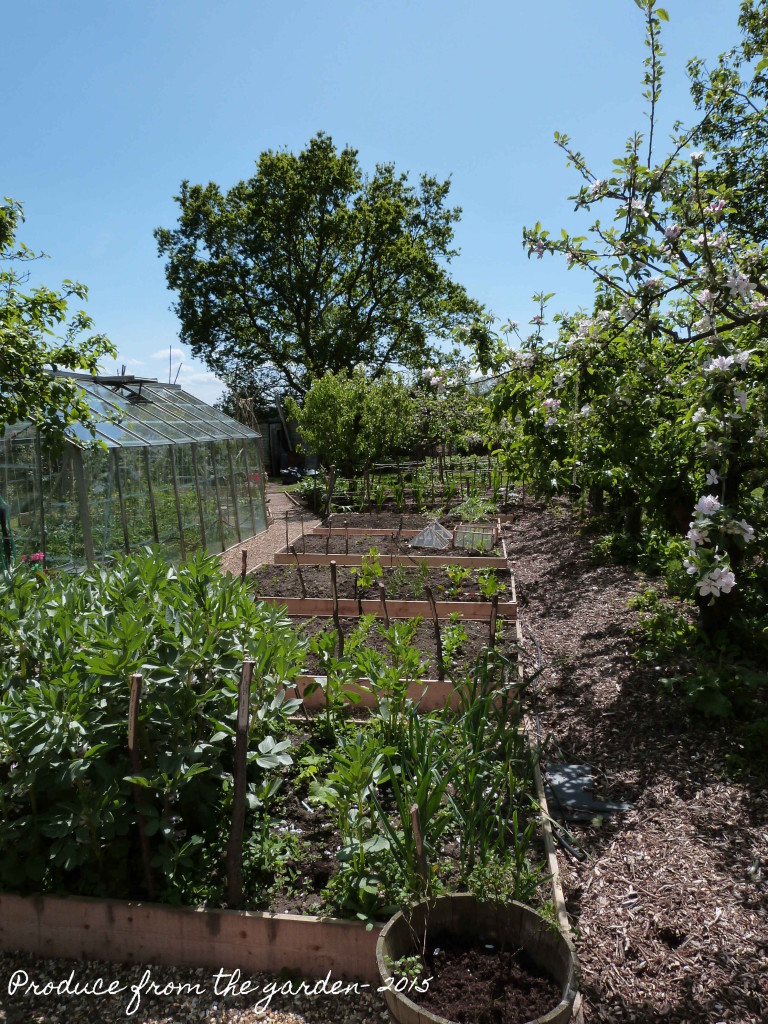This year I’m trialling tomatillos. The husband’s idea, his tummy makes many of his decisions in life, I believe this is the definition of a ‘foodie’! Tomatillos are virtually impossible to buy in the UK and he tells me they make the most amazing salsas, perfect for dipping or accompanying any South American food. So we had to give them a go.
I grade all of my kitchen garden crops on three key criteria, space they require, the quantity of produce and the quality/value of their produce. Cut and come again salad scores high on all three criteria, minimal space required, cropping for a long period and the taste of daily fresh salad from the garden is an essential in our household. Courgettes score low on space, high on crop yield and high and quality, I could not imagine a summer without courgettes. Those who read my last posting will know that the tomatillos were not scoring high, the end of my greenhouse is a tomatillo forest swamping other nearby crops and I was yet to harvest them. Following this post I thought I’d do a bit of tomatillo research and discovered that the fruit is ripe when it has filled its husk and is still green. If it starts to go yellow and splits the husk open it’s gone over and won’t have the same tangy flavour.
Armed with this knowledge I went to examine our tomatillo crop and came back with a bowl of lime green tomatillos in their beautifully delicate husks.
There are two approaches to tomatillo salsa, they can either be roasted giving a richer deeper flavour or served raw for a fresher zing. We have of course had to sample both methods.
Roasted tomatillo salsa
8/10 Tomatillos
1 head of garlic cloves separated and peeled
2 jalapeno chillies (alter this to your own liking)
A bunch of coriander
Salt and pepper
Lime juice
Pop the cloves of garlic, tomatillos, and jalapenos under the grill for a few minutes, remove garlic cloves first, as soon as they are toasted, to avoid developing a bitter flavour. Continue to roast jalapenos and tomatillos until evenly charred, turning occasionally. Set aside to cool. Place all ingredients, including charred tomatillo and chilli skin into a blender; add a little lime juice until you get the consistency you like.
Tomatillo salsa Verde
8/10 tomatillos
A bunch of coriander
1 small onion
1 jalapeno chilli (alter to your liking)
Salt
Juice of one lime
Pop all the ingredients in a blender and whizz until you get the right salsa consistency.
Our tomatillo salsa verde
We are very fortunate in the UK to have the opportunity to taste and enjoy many different cuisines; our supermarkets are packed with ingredients from all over the world, so it is a rare occasion that you actually get to try something completely new. Tasting our first roasted tomatillo salsa was one of those rare and special occasions, it was fabulous. The tomatillo has turned my past experience of tomato salsa on its head, there is a far greater depth to the flavour and tang which you don’t get from tomato salsa. The Salsa Verde is a quicker and easier salsa to make, it tastes fresher and there is more of a zing from the tomatillos which is removed when they are roasted. Another gorgeous salsa which we’ll definitely make again.
The result, our tomatillos grading on the quality front is sky high, quantity of crops are looking good too, we have lots of flowers and more developing tomatillos in their husks soon to be enjoyed. There is an issue with space but I’ll just have to plan the planting in the green house better next year. Tomatillos are now an essential crop in our kitchen garden.
The husband has shown an interest in this blog posting and wanted me to call it ‘Is this the way to tomatillo’, I of course vetoed his attempt at humour!
